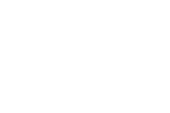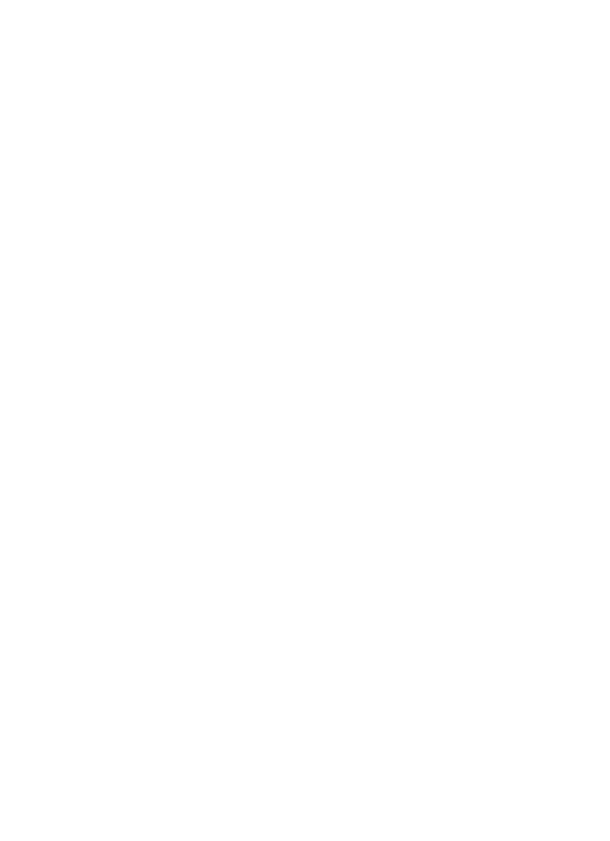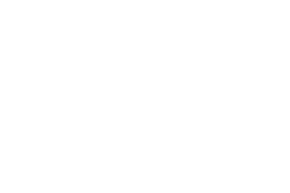 |
 |
 |

|
Title: napkin ‘Pauw’ (‘Peacock’) (pattern 526) with cup, saucer
and plate with peacocks (egg-shell porcelain) by Samuel
Schellink (1912), executed by Plateelbakkerij Rozenburg, Den
Haag
Designer: Chris Lebeau
Executed by E.J.F. van Dissel & Zn., Eindhoven (damask)
Year: 1908
Dimension: h67 x w70 cm
Collection TextielMuseum: 14842
Loan porcelain: Art dealer Proportio Divina, Arnhem
Photo: Josefina Eikenaar/TextielMuseum
|
|
 |
CHRIS LEBEAU | FLORA & FAUNA
From peacocks to ibis, from dandelion to maple tree: at the exhibition ‘Chris Lebeau I Flora and Fauna’ you experience the plant and animal world as decorative artist Chris Lebeau (1878-1945) created it with such great care for detail. With nature as his source of inspiration, he designed beautiful and innovative patterns for textiles in the art nouveau style. He knows how to catch a large variety of natural motives in stunningly styled designs for damask, batik, and velours.
|

|
Posted 22 October 2018
|
Share this:
|
|
Even today, they are true eye-catchers. The versatility of Lebeau as a 'textile artist' is the focal point of the exhibition. Historic sample books are presented in order to illustrate how the designer learned how to stylise natural motives and translate them into ornament prints. The exhibition can be seen in the DamaskWeaving workshop.
|
|
|
|
|
|
|

Title: batik (decorative fabric) with swans and peacocks
Designer: Chris Lebeau
Year: 1905
Dimension: h102 x w181 cm
Collection TextielMuseum: 10739
Photo: Josefina Eikenaar/TextielMuseum
|
|
|
|

|

|

|

Title: tablecloth with rosette ornament of fishes with plates
from J.H. Boot, Het styleeren en toepassen van natuurvormen
in vlakornament, Wed. J. Ahrend & Zoons, Amsterdam, ca. 1925
Designer: Chris Lebeau
Year: 1904
Dimension: h178 x w178 cm
Collection TextielMuseum: 14536, BTM18741
Photo: Josefina Eikenaar/TextielMuseum
|
|
According to a system
Contrary to the sweeping and graceful Art Nouveau style which was popular with our Belgian neighbours, a more sober style was being developed in the Netherlands. Characteristic features are the geometrical divisions and clean structure. The foundation for the designs can be found in mathematical design methods. This method of designing is called 'according to a system'. To make his designs, Lebeau usually first draws a grid. Then he creates his styled flora and fauna patterns using the grid. For his damask tablecloths, serviettes, and napkins, he rearranges the basic shapes, adjusted to the size of the product.
|
|
|
|
|
|
DamaskWeaving workshop
This area contains authentic 19th century Jacquard looms that were used to weave damask. A film from 1935 demonstrates how this was done at the linen factories of NV Linnenfabriek van Dissel & Zonen, in Eindhoven. You will even see Chris Lebeau himself, working on one of his last designs, called 'Cyclamen'. In the workshop, there will also be old and new damasks fluttering about as they are hanging here to dry after a thorough washing. At the TextileLaundry, you can have your table linen washed and pressed in a professional way.

|

|

|

|

|
|
|
Title: tablecloth and napkin ‘Ibis’ (pattern 522) with glass
items of Kiki van Eijk
Designer: Chris Lebeau
Executed by E.J.F. van Dissel & Zn., Eindhoven (damask)
Year: 1908
Dimension: h283 x w172 cm (tablecloth)
Collection TextielMuseum: 15170
Photo: Joep Vogels commissioned by TextielMuseum
|
|
|
|
|
Title: tablecloth ‘Zwaantje’ (‘Swan’) (pattern 521)
Designer: Chris Lebeau
Executed by E.J.F. van Dissel & Zn., Eindhoven (damask)
Year: 1906
Dimension: h232 x w176 cm
Collection TextielMuseum: 06256
Photo: Joep Vogels commissioned by TextielMuseum
|
|
|
|
|
Title: tablecloth and doily ‘Klimop’ (‘Ivy’) (pattern 513) with
plates from: A. A. Tekelenburg, Handleiding bij het ontwerpen
van motieven naar plantvormen , Amsterdam, S.L. van Looy,
1913
Designer: Chris Lebeau
Executed by E.J.F. van Dissel & Zn., Eindhoven (damask)
Year: 1910-1960
Dimension: h154 x w148 cm (tablecloth), h38 x w40,2 cm
(doily)
Collection TextielMuseum: 15168, 12269a
Photo: Josefina Eikenaar/TextielMuseum
|
|
|
|
|
|
|
|
|


